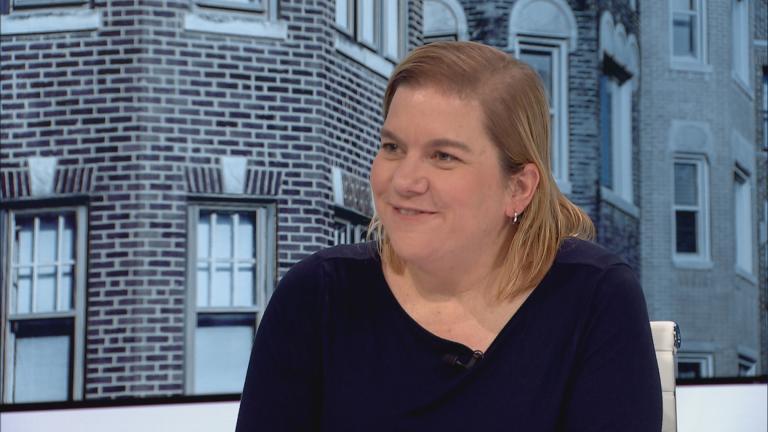Video: Chicago Department of Public Health Director Dr. Allison Arwady talks about the report.
Black Chicagoans die nearly nine years sooner, on average, than white Chicagoans because of the systemic racism that pervades nearly every aspect of civic life, according to a new report from the Chicago Department of Public Health that vows to bridge that gap.
While the average white Chicagoan can expect to live until they are 80.2 years old, Black Chicagoans die 8.8 years sooner because they suffer from higher instances of chronic disease, are more likely to be killed in a gun-related homicide or die of an opioid overdose, according to the Healthy Chicago 2025 report released Thursday.
Life expectancy declined between 2012 and 2017 for all racial and ethnic groups in Chicago except white Chicagoans, according to data compiled by the city. The life expectancy for Latino Chicagoans is 80 years, a decline of 3.1 years in five years. The life expectancy for Asian Chicagoans is 82.9 years, a decline of 2.6 years from 2012 to 2017.
The life expectancy of white Chicagoans rose during that five-year period by 0.4 years, according to the data.
That disparity is “unacceptable,” Mayor Lori Lightfoot said.
“Racism is at the heart” of the gap, said Dr. Allison Arwady, the commissioner of the Department of Public Health.
During Arwady’s City Council confirmation hearing in January, she told aldermen that she planned to spend the bulk of her time as the head of the city’s health department combating Chicago’s life expectancy gap, the largest in the nation, according to a 2019 study of the largest 500 U.S. cities by NYU School of Medicine.
Fewer than two months later, the coronavirus pandemic hit Chicago and scrambled all of Arwady’s plans while casting a blinding spotlight on the disparities at the heart of the life expectancy gap.
Although Black Chicagoans make up approximately 33% of the city’s population, Black Chicagoans accounted for 43% of all deaths from COVID-19. Latino Chicagoans, who also make up about 33% of the city’s population, account for 48% of all COVID-19 infections, according to city data.
The city’s plan to address the disparity includes efforts to increase access to healthy foods, quality health care and housing while creating “safe spaces for all Chicagoans to live, work and play.”
“It’s critically important that we name the root cause of illness and death,” said Dr. David Ansell, the chief health equity officer at Rush University Medical Center. “And when we looked at this life expectancy gap, many people said it was violence. But it was not just violence: heart disease, hypertension, diabetes and cancer. But dig a little deeper and you see shocking inequities between the West and the South sides and the Gold Coast in social, structural and power differentials.
“People’s housing is different. Their schools are different. They live in unsafe neighborhoods. They have different access to food, different access to health care and different access to jobs. And these life conditions create the social inequities that drive poor health. And structural racism and economic deprivation are at the root of these gaps. Structural racism itself is a form of violence.”
Contact Heather Cherone: @HeatherCherone | (773) 569-1863 | [email protected]
This story also aired Sunday, Sept. 20 on “Black Voices.” See more from that show here.







